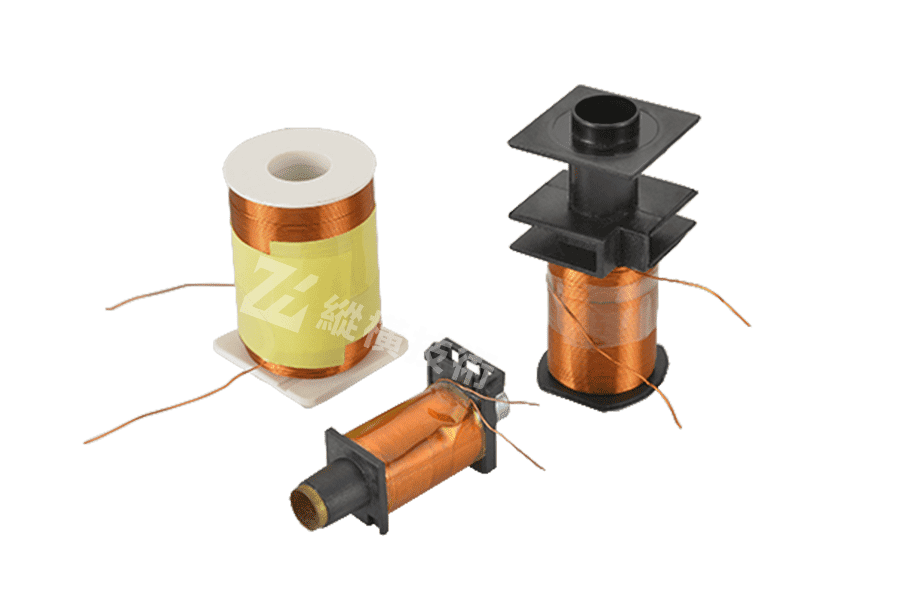The process of winding materials such as yarn, wire, thread, or cable onto spools or bobbins. They typically consist of several key components:
Spindle System: The spindle system holds the spools or bobbins onto which the material is wound. These spindles auto winder machine rotate and move as per the winding requirements.
Feed Mechanism: This mechanism feeds the material to be wound onto the spools. It ensures a steady and consistent supply of material for winding.
Tensioning System: Maintains proper tension on the material being wound to ensure even winding and prevent over-tensioning or slackness.
Control System: Modern auto winders are equipped with sophisticated control systems that allow operators to set parameters such as winding speed, tension, and winding pattern. Some may even feature programmable logic controllers (PLCs) for precise control and automation.
Cutting Mechanism: In some applications, such as wire winding, auto winders may include a cutting mechanism to cut the material once it reaches the desired length.
Importance in Various Industries
Textile Industry:
In the textile industry, auto winder machines are used in spinning mills to wind spun yarn onto cones or tubes. They ensure uniform winding tension and package density, resulting in consistent yarn quality. These machines also enhance productivity by reducing manual labor and minimizing yarn breakage during winding.
Wire and Cable Industry:
In wire and cable manufacturing, auto winders are employed to wind conductive wires onto spools or reels. They help maintain precise tension control, which is crucial for ensuring the integrity and performance of the final product. Auto winders also contribute to increased production rates and improved product consistency in this industry.
Coil Winding Industry:
In applications such as transformer manufacturing or electric motor production, coil winding is a critical process. Auto winder machines accurately wind copper wire or other conductive materials onto coil forms, ensuring precise winding patterns and layering. This results in coils with consistent electrical properties and performance characteristics.
Advantages of Auto Winder Machines
Increased Productivity: By automating the winding process, auto winder machines can significantly increase productivity compared to manual winding methods. They can operate continuously for extended periods, leading to higher output rates.
Improved Quality: Auto winders ensure consistent winding tension, pattern, and density, resulting in products with uniform quality. This is particularly crucial in industries where product consistency directly impacts performance and reliability.
Cost Savings: While the initial investment in auto winder machines may be significant, they often lead to long-term cost savings due to reduced labor requirements and increased efficiency. Additionally, their precise control capabilities minimize material wastage and rework.
Flexibility: Many auto winder machines offer flexibility in terms of adjustable parameters such as winding speed, tension, and pattern. This allows manufacturers to adapt to different winding requirements and produce a variety of products using the same equipment.
Conclusion
Auto winder machines are indispensable tools in various industries where precise and efficient winding of materials is essential. By automating the winding process, these machines improve productivity, enhance product quality, and reduce manufacturing costs. As technology continues to advance, we can expect further innovations in auto winder design, leading to even greater efficiency and versatility in manufacturing operations.
